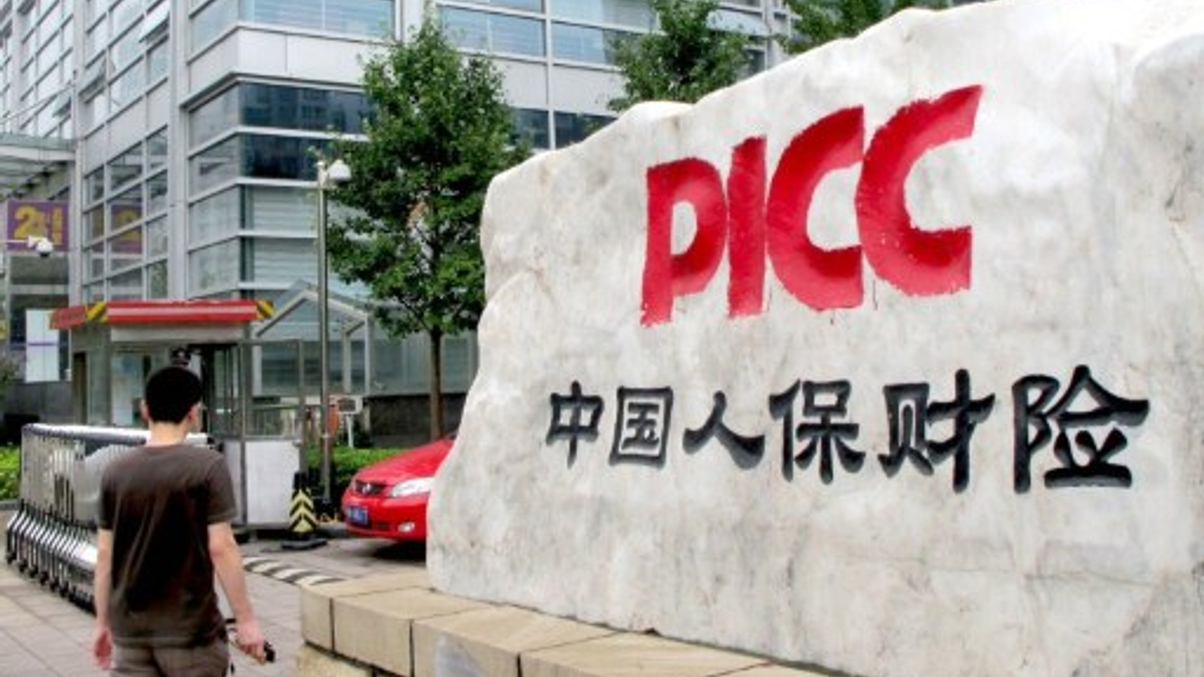PICC eyes local govt bonds and A-shares
The parent company of the biggest non-life insurer in China said in its earnings announcement that it favours local government bonds and onshore equities.

People's Insurance Company (Group) of China (PICC Group) is likely to take advantage of a spurt in bond issuance from local governments to lengthen its portfolio’s asset duration, benefit from tax incentives and support the country’s infrastructure drive.
Sign in to read on!
Registered users get 2 free articles in 30 days.
Subscribers have full unlimited access to AsianInvestor
Not signed up? New users get 2 free articles per month, plus a 7-day unlimited free trial.
¬ Haymarket Media Limited. All rights reserved.


